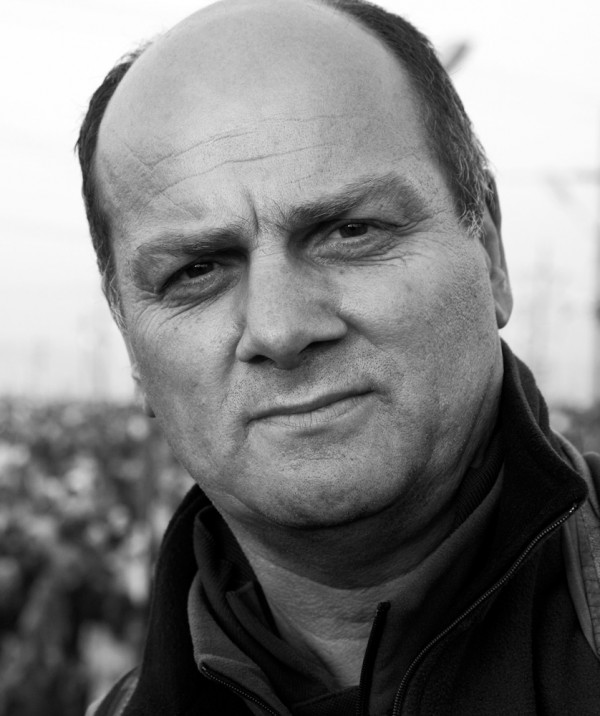Tales from an absurd country
Tales from an absurd country
Didier Ruef
May 2, 2019
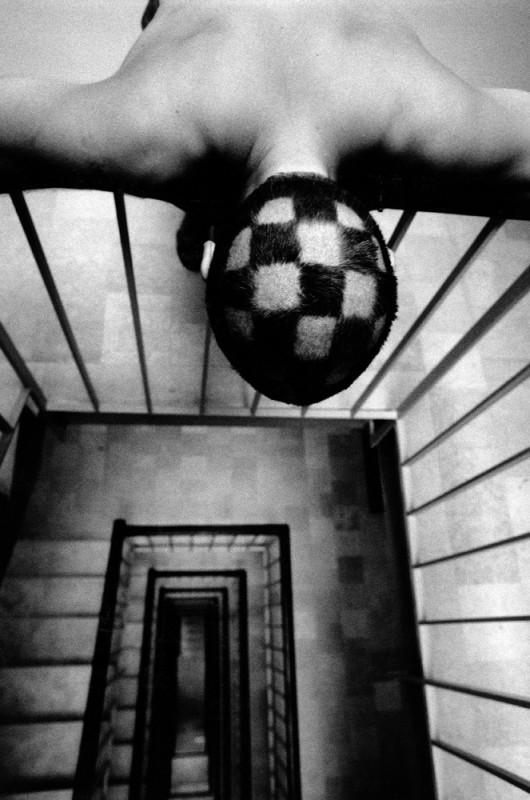
Geneva, 1988
Didier Ruef: I look at my country with an eye that is not neutral, but full of love and irony. Thanks to the combination of street and reportage photography, I have managed to discover all about this tight, but also complex and diverse, country, where each canton brings its own diversity and history into the mix.
What differentiates the Swiss from other nationalities?
To be honest, the book isn't just about Switzerland; it's also a metaphor for Europe and the lifestyles of people in the western world. My pictures concentrate on the Swiss, on national symbols and stereotypes, such as the Swiss flag, the Alpine horn, cleanliness, consumption, banks, tourism, the army, a love of weapons, without falling into pre-existing clichés and folklore... It also deals with my homeland as an Alpine country, which reflects the self-image of many Swiss people, who would never forget to mow their lawns even at harsh, high elevations.
Is your book a love letter or a settlement of accounts?
Neither one. It's more like a comprehensive photo essay about who I am and where I come from. Here's a brief digression into how it came about: in September 1988, my friend Lorenzo shaved his head like the pattern of a chessboard. In this manner, he was showing the outside world what was going on inside him. I tried to replicate this duality between physical dimension and mental projection in my photography. I was so enchanted by this philosophy that I became a photographer. Each picture is a tug of war between a reflection of reality that simply captures the real, and the subjective construction that reveals the personal world of the photographer, the life experiences, the emotions, the imagination. Nowadays I can incontrovertibly confirm that the picture of Lorenzo's head was one of the first powerful images within the photographic work I did for Homo Helveticus. I wasn't aware of this at the time; I just went ahead without too much reflection, simply trying to capture images of the world surrounding me.
What's your Leica story?
I've owned a Leica M6 with Summicron-M 1:2/35 Asph and Summicron-M 1:2/50 since 1988. I used it all those years when I was taking analogue pictures with my favourite film, the Kodak Tri-X 400. I photographed the book Homo Helveticus in analogue exclusively. My work has already been exhibited at the Leica Galleries in Salzburg and in Zingst. In addition, I run workshops in picture processing, photo reportage, and street and travel photography, at the Leica Academy in Switzerland.
Didier Ruef
Homo Helveticus
208 pages, 170 black-and-white illustrations. German
Till Schaap Edition, Bern 2018
Available here
Didier Ruef+-
Born in Geneva in 1961, Ruef studied Economics from 1981 to 1984 at the University of Geneva. In 1985 he went to New York where he received a degree in Photo Journalism from the International Center of Photography (ICP). Ruef is based in Lugano, from where he works as a freelance, documentary photographer. His work has been published in major international magazines and newspapers. More

Geneva, 1988
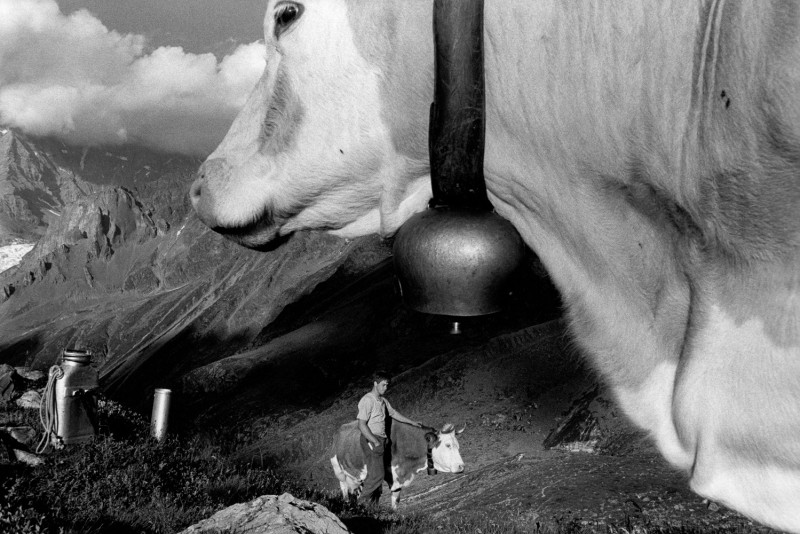
Bern, 1993

Zurich, 2005
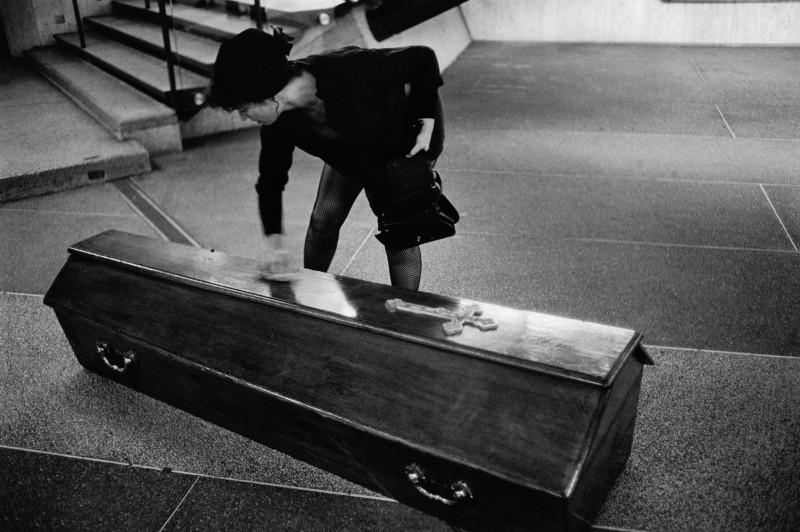
Geneva, 1994
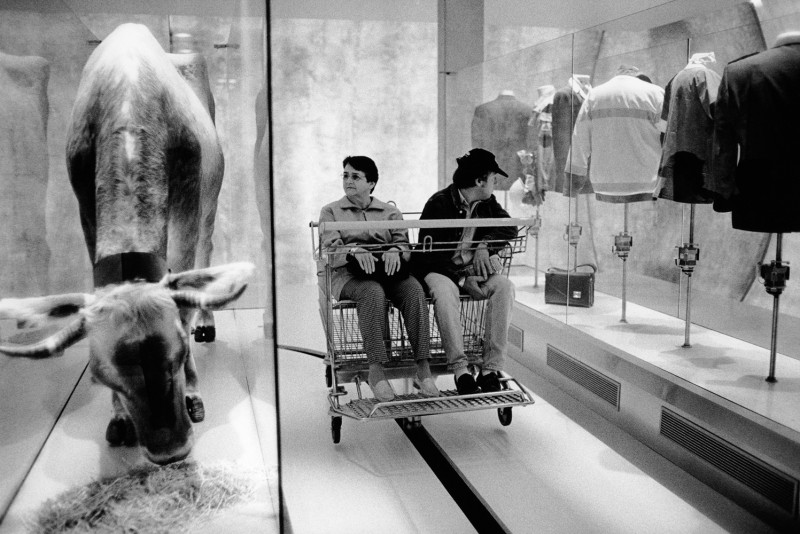
Biel, 2002
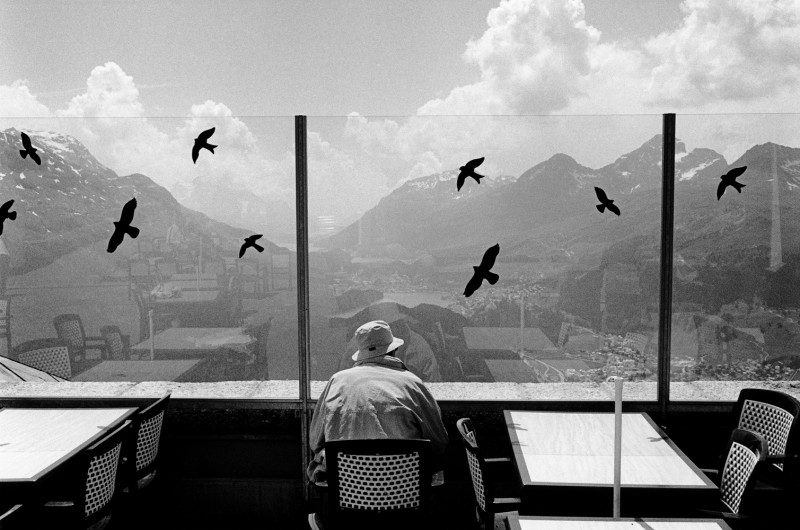
St. Moritz, 2000
